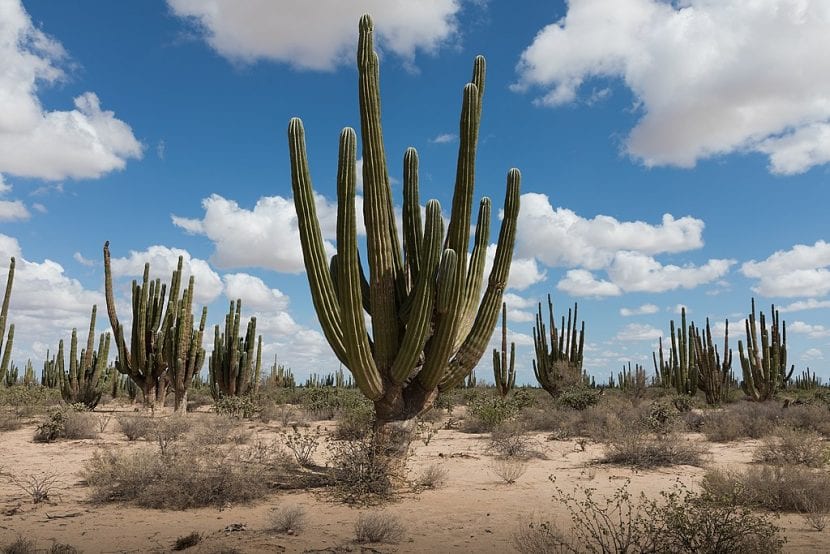
Image - Wikimedia /tomascastelazo
El Pachycereus pringlei It is one of the easiest columnar cacti to care for, and also one of the most similar to Carnegiea gigantea (saguaro). In fact, it is not uncommon to confuse them when they are adults, but when they are young ... when they are young is another story
Its growth speed is not that it is very high, but it is a plant that you will see bigger from year to year. But it is also that it resists weak frosts without being damaged, which is why It is a kind of the most interesting for xero-gardens.
Origin and characteristics of Pachycereus pringlei
Known as cardón, giant cardón or saguesa, this is an endemic cactus of Baja California and Sonora in Mexico, as well as northern Argentina. Its scientific name is Pachycereus pringlei, named after Sereno Watson, Nathaniel Lord Britton and Joseph Nelson Rose in 1987 in honor of Cyrus Pringlei.
It can reach a height of 19 meters, with a trunk up to 1 meter in diameter., although the normal thing is that in cultivation it does not exceed 6-7 meters in height. Its stems grow almost completely straight, and are composed of very marked ribs at the ends of which are areoles, which are large, oval and have a short grayish brown woollyness. The spines arise from the areolas in number of 20, and are reddish or brown-dark turning grayish; the radial ones measure between 2 and 3cm in length, and the central ones (1 or 2) measure up to 5 centimeters and are stronger.
Blooms in summer, but only if the specimen is at least 3-4 meters tall. The flowers are funnel-shaped and measure 5 to 8,5cm in length. They are red on the outside and whitish on the inside. They sprout from the top of the cactus, but they can also sprout from the lower stems.
What are their cares?
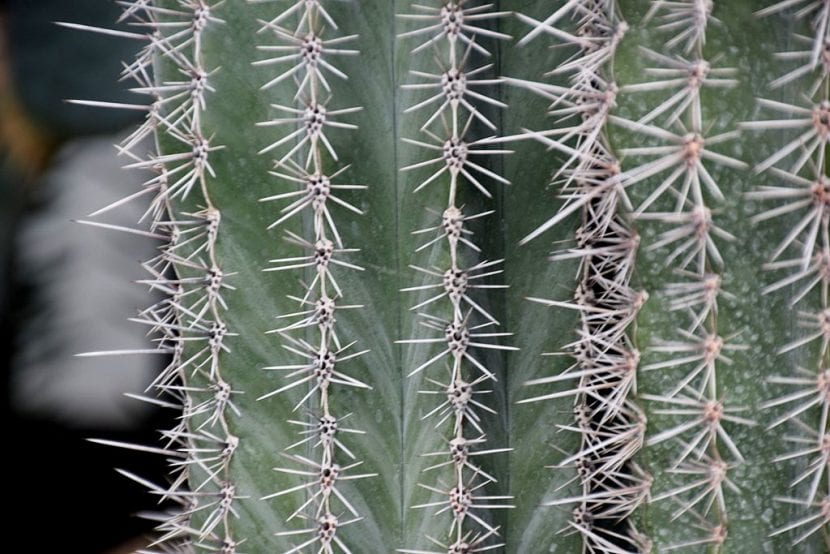
Image - Wikimedia / Krzysztof Golik
Location
El Pachycereus pringlei has to be outside, in full sun. However, in nurseries it is usually kept in semi-shade, especially if it is young, so do not hesitate to place it a little protected from the star king and get used to it little by little. In this way, you will prevent it from burning.
Earth
- Flower pot: it has to be porous for good drainage. Mix universal substrate with perlite in equal parts, but if you can get pumice (on sale here), akadama (for sale here), or even fine gravel (1-3mm) better.
- Garden: the same. If the soil has a tendency to compact, make a hole of about 50cm x 50cm (ideally 1m x 1m), and fill it with the substrates mentioned above.
Irrigation
Rather little. It is a cactus that fears waterlogging, which is why the soil or substrate must be allowed to dry completely before watering again.
If you have it in a pot, make sure it has drainage holes. If you have a plate underneath, remove the excess water 30 minutes after watering to prevent the roots from rotting.
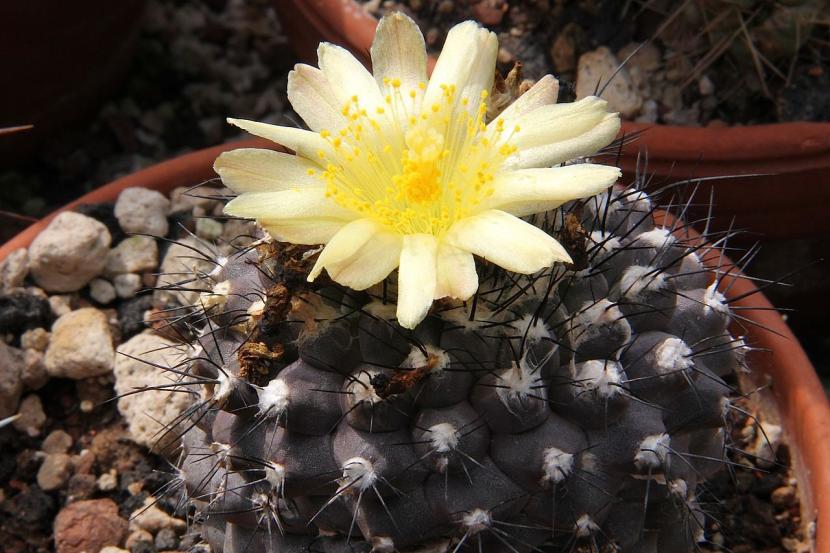
When watering, don't wet the cactus, just the soil.
Subscriber
It is highly recommended to pay it from early spring to late summer with fertilizers for cactus (for sale here) following the instructions specified on the package.
Multiplication
The giant cardon multiplies by seeds and cuttings in spring-summer. Let us know how to proceed in each case:
Seeds
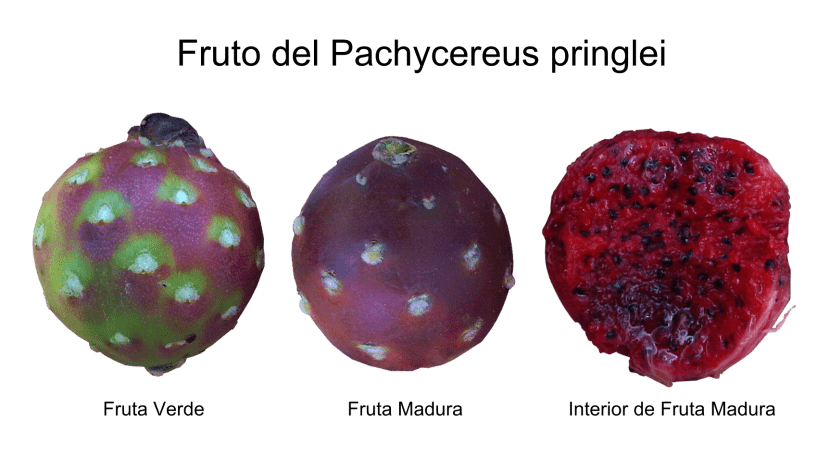
Image - Wikimedia / The Photographer
The seeds of cacti are very small, and those of this species are no exception. To avoid losing them, we advise that they are inside a closed room so that the wind cannot carry them with it. Later, you just have to follow this step by step:
- First, fill the pot with universal substrate (for sale here) with perlite (for sale here) in equal parts.
- Water conscientiously.
- Then sow the seeds, trying not to make piles.
- Finally, cover them with a thin layer of substrate, and water again this time with a sprayer.
Now you will only have to place the pot outside, in semi-shade, and keep the substrate moist but not flooded. Thus they will germinate in about 15 days.
Cuttings
It is the fastest way to get a new copy of Pachycereus pringlei. For that, what is done is to cut a piece of about 30cm, let the wound dry for about 7-10 days, and then plant it (do not nail it) in a pot with a cheek or the like.
You can impregnate the base of the cuttings with rooting hormones (for sale No products found.) before planting to help it root faster, but not necessary.
Plagues and diseases
You might think that with those thorns that he has, he does not have enemies, but he does. It must be protected from snails and slugs, as well as excess watering.
To repel mollusks you can use diatomaceous earth (on sale No products found.), on the other hand, to avoid the second, you have to control the waterings a lot, let the soil dry and, in case of doubt, check the humidity of the substrate.
Rusticity
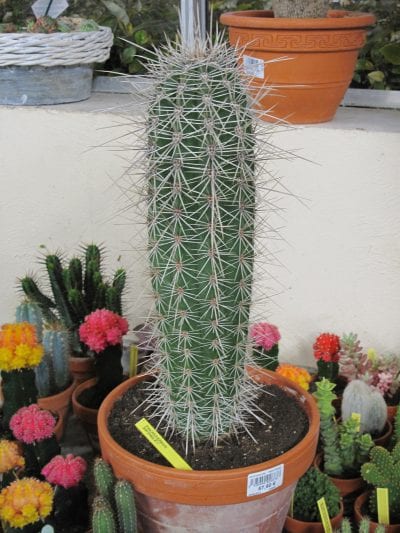
Resists weak frosts up to -3ºC, provided they are of short duration and punctual.
What did you think of the Pachycereus pringlei?